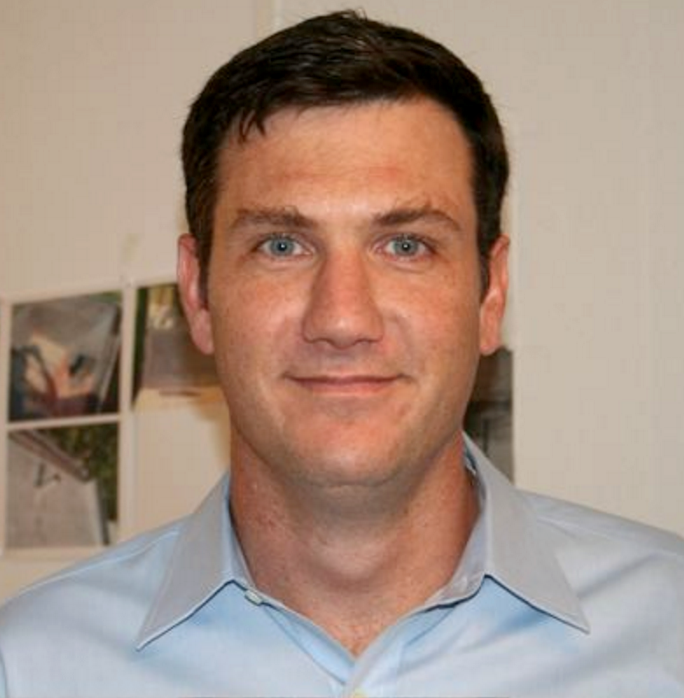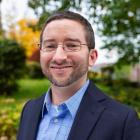Executive Director Jennifer Marrapese interviews Ken Levenson, curator of BE’s Passive House sessions.
 Tell me about the multifamily Passive House sessions you’ve curated for BuildingEnergy Boston. What are the sessions, why did you want to offer them, who’s speaking at them?
Tell me about the multifamily Passive House sessions you’ve curated for BuildingEnergy Boston. What are the sessions, why did you want to offer them, who’s speaking at them?
I wanted to share with the community that Passive House methodology does not apply just to single family new construction. We look at three projects of different scales, types, and price points - from affordable to market rate, gut renovation to new construction, small multifamily to 26-story high-rise.
The first, Passive House Deep Energy Retrofits: Revitalizing Masonry Multifamily and Single Family Wood Frame Buildings, features the retrofit of three abandoned masonry apartment buildings in Southeast Washington DC. The project team, led by Michael Hindle and Matt Fine, breathed new life into these buildings, which is nothing short of remarkable. I’m eager to hear them share the details, processes and lessons learned.
Also in that session, Chris West will share how he implemented Passive House methodology and calculations to retrofit his 1976 raised ranch house in Jericho, Vermont. Chris’s is a common story, where some of his initial decisions weren’t the best decisions. But true to the NESEA ethic, he’ll bare all, sharing what he learned from his mistakes, and how he brought the building’s performance as far as he could despite these challenging conditions.
The second session, Huddle together for warmth: Multiple solutions for Multifamily Passive House, features three mid-size new, affordable multi-family projects. Since both the Distillery’s 28-unit Phase 1 building in South Boston, and the Bayside Anchor 45-unit project in Portland, ME, are both still under construction, there are some good, fresh lessons that Icon Architects and KTA will be able to share with attendees. I’m hoping we can continue to follow these projects to completion and beyond to get the full story on performance!
Finally, Developing the World's Biggest Passive House at Cornell Tech features a 27-story high-rise on Roosevelt Island that’s changing the conversation around what types of buildings are appropriate for Passive House. This project, which will provide faculty and student housing for Cornell’s new urban satellite campus, features residential use at a commercial scale. We’ll hear the perspectives of the developer, the Passive House consultant and the architect and learn about the obstacles, the victories, and struggles so far.
All told, these sessions represent an incredible diversity of projects . . . projects whose performance I hope we can continue to monitor in the coming years.
Who is the intended audience for these sessions?
These sessions will appeal mostly to professionals interested in pushing toward low energy and Passive House construction, especially those who want details about the mechanical systems, enclosure assemblies, the teambuilding, the consultants, and the expertise it takes to do it successfully. Both those who are doing similar scale projects, and those who aspire to, will learn a lot from these sessions.
What are you most excited to learn?
I’m excited to see some of the data and dig into the numbers. I’m also eager to hear the lessons learned so far in the projects that are still under construction. It’s fascinating to hear, almost real time, what the teams are finding and how they’re adapting their projects. I’m very interested in the different budgets involved and in the decisions the teams made to optimize their investment costs.
Your company, 475 Building Supply, will be there as well, correct? How many years in a row? What keeps you coming back to BE to exhibit?
475 was founded in 2011 and we’ve been exhibiting at BuildingEnergy Boston since 2012. In fact, BE was only the second conference we ever did. We just loved it. It was a bit of a revelation to us, in bringing our models and assemblies, that there were so many practitioners interested in improving and making better assemblies. We always have terrific conversations, and learn a lot from other practitioners at the conference. It feels like a cooperative effort - like we’re all in it together.
Over the years, BuildingEnergy Boston has really generated business for us. It’s a cornerstone of our marketing and business strategy.
What are some of the other things you’re looking forward to at the conference in March?
I love seeing familiar faces and meeting new people. It’s like old home week. I’m looking forward to expanding the conversations we’ve started in the planning process. It seems like things get deeper each year.
About Ken Levinson
Ken Levenson is a father, husband, architect and entrepreneur. Ken is a registered architect in New York State with 20 years experience as a practicing architect, including 10 years as principal of Ken Levenson Architect PC, based in Brooklyn, NY. A graduate of Pratt Institute, Ken became a Certified Passive House Consultant in 2010, incorporating the Passive House standard into projects, including several historic building renovations in “Brownstone Brooklyn”.
Website: https://kenlevensonarch.wordpress.com
Ken is also president of NY Passive House, a nonprofit dedicated to promoting the Passive House standard, and a founding board member of the American Passive House Network.
Frustrated with the lack of available high-quality building materials and know-how in the building supply industry, Ken became a founding partner in 475 High Performance Building Supply, a company dedicated to providing those products that help transform green building into high-performance building across the US. Website: http://www.foursevenfive.com
Our Mission
NESEA advances sustainability practices in the built environment by cultivating a cross-disciplinary community where practitioners are encouraged to share, collaborate and learn.




Add comment